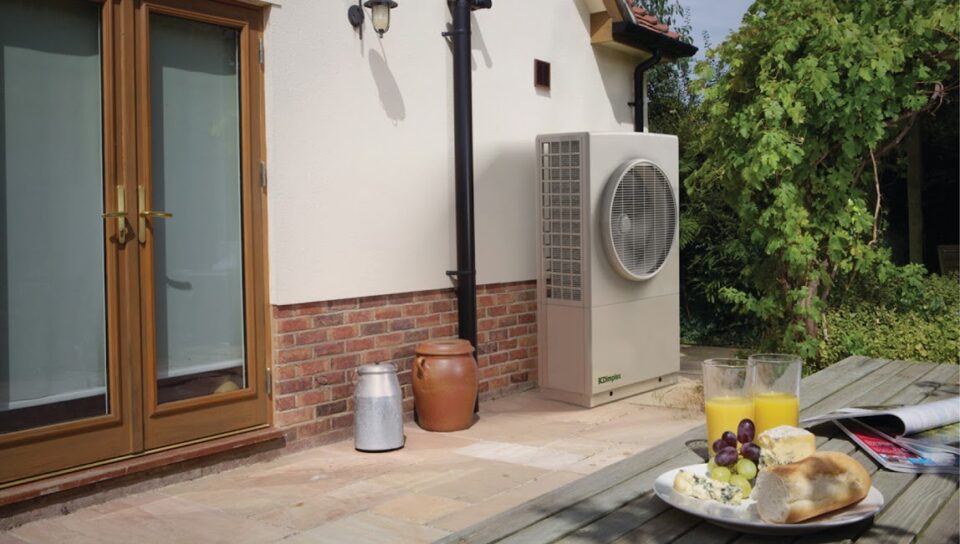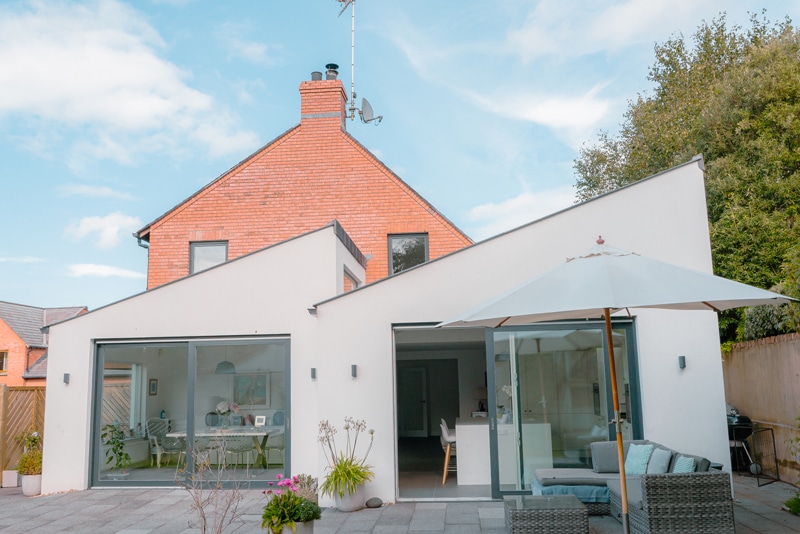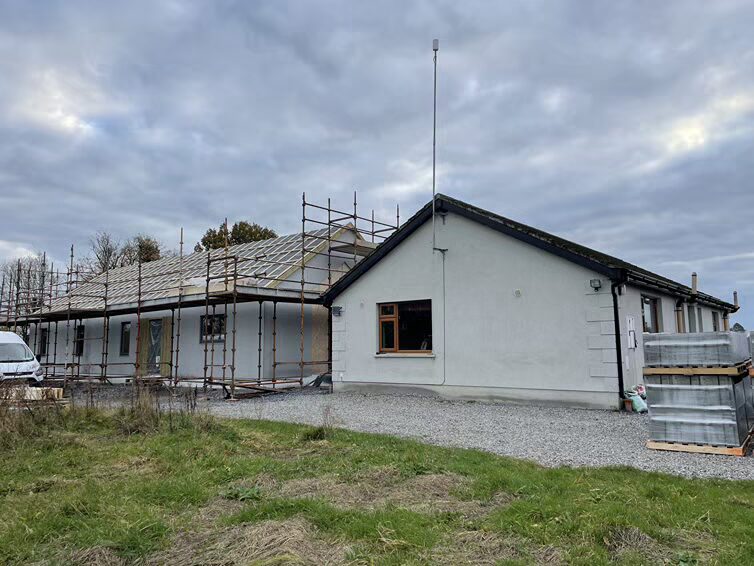In this article we cover:
- What Lean construction is and why it could save you money
- Principles of Lean construction when project managing your self-build
- Identifying Value in your tasks and processes
- How to motivate and ensure collaboration amongst all involved
- Production boards and site meetings
- How to carry out a waste walk
- Contractual clauses and how to make the most of them
House building is probably the only sector that allows, and expects, mistakes to be made. Being wrong is standard procedure – getting it right the first time is an anomaly. ‘Customers’ are forced to pay for what in any other industry would be called defects; in the case of self-building they are called snags.
But there is a methodology out there to remove snags, or at least to keep them to a minimum and, due to the savings to be had, it’s being espoused by all sorts of companies, from manufacturers to services to large engineering and building companies. In fact there’s a broad movement underway in the entire Architecture, Engineering, Construction (AEC) sector around the application of Lean in the building industry.
Lean conceives that all processes contain waste and that the way to reduce waste is to map out what the procedures and task flows are, make necessary activities more efficient while reducing or removing wasteful ones. Intuitive as this may be, it can be hard to get it done, which is why there are some core principles and sets of tools available.
The primary aim is to continuously improve processes and add value; engagement early and often is the mantra, the polar opposite of firefighting. Going Lean on your self-build is therefore all about getting the most value out of the building process; cost saving is a byproduct, not the primary aim.
Self-builders as leaders?
Due to scale, self-building may be the last place Lean systematically takes place but it can also be argued that self-builders are quick to learn and are usually open to embracing new thoughts and processes. As with eco-building, self-builders could even become exemplars in espousing Lean thinking and practices.
The methodology used on larger construction projects can be applied on the smaller house building and home improvement scale. The issue in the construction industry in general is that project management has not inherently been about collaboration but has rather focused on getting the job done irrespective of how it may impact on other ‘internal customers’ in the value chain.
‘The primary aim is to continuously improve processes and add value; engagement early and often is the mantra, the polar opposite of firefighting..’
That is, each sub-contractor or tradesman is only concerned about doing his bit and getting off site as quickly as possible, not thinking about how they will impact on the next trade. Collaboration isn’t highly prized and blame games under various guises are common, even when only a minor issue arises.
The result is an absence of the essential collaboration, early and often, required to ensure things are done ‘right the first time’ and that they stay as close to right throughout the build. To get things right the first time, quality must be built-in at source by not accepting poor or low standards from anyone in the chain, i.e. not accepting defects, not creating a defect, and not passing a defect along to the next one in the chain.
The perspective required is for everyone involved in the build to come together in the design phase – the selfbuilder can dictate this be so – and for tradesmen to see themselves as ‘internal customers’ of one another in the build or value chain.
Here’s how these Lean principles can help you improve flow, add value, reduce and remove process waste, and reduce costs on your self-build or home improvement project.
Identifying value
When mapping out the process, the first thing to do is to identify value, what is the objective of the task or activity? For each stage from planning permission through to completion and commissioning. Then break down the individual steps within the task and show which of them are value-add (VA) or non-value-add (NVA). Consider each step and change the process where necessary to optimise productivity, reduce time and cost.
The budget should be broken down into stages so that if changes were to occur the purse strings could be adjusted on a phase by phase basis. Flexibility is an important aspect of the Lean philosophy, so as you are going through the process, record the changes and improvements made and the results.
Continuous improvement should be embraced. The entire process is a flow and things need to move smoothly, physically and in time. What each worker has to do and how they do it must be clear and well mapped; for example if you are housing materials in the correct place you won’t be spending your time moving them from one area to the next.
Lean also takes into account the domino effect that one simple change or adjustment can have, and planning for it. For instance if your ground conditions unexpectedly require that you use piled foundations, will this have a knock-on implication for something like plumbing?
If the plumber is not involved in the conversation early on it may be too late when he finds out, with delays ensuing, possible additional costs, etc.
Motivation and collaboration
As alluded to above, processes are carried out by people, and so communication is an essential component of making Lean work. Weekly, even daily (morning briefing), meetings to make sure everyone is on the same page can go a long way towards fomenting this collaboration.
By saving time you save on labour costs and rework; the builder meanwhile can maximise profits by moving onto a new job (new profit margin) earlier. There also should be a saving for everyone in that the builder won’t have to return to fix defects. But if you are so efficient that the schedule is brought forward, you could become a victim of your own success!
Tradesmen will have to come on site earlier and if they can’t, this could mean the building site will be left idle for a month or two. Therefore a dynamic and collaborative approach all the way along is what’s needed to keep on track – to stay on schedule, not ahead or behind.
Contractual clauses
There is the possibility of building into the contract a requirement for all trades to be on site for a weekly meeting; the importance of everyone buying into the Lean concept – and not reluctantly be brought into it – is the key to success. Making Lean principles clear in the contract can focus the issue and bring about a meeting of minds.
Lean is making its way into larger construction tenders, with vetting systems in place and clauses in contracts, so this is not unchartered territory.
Production boards
All tradesmen and suppliers need to be part of the process from the get-go, even if their presence on site is only required in six months’ time. As all of the building components are interlinked, their work could be impacted by what happens before – they may identify the need for an additional opening to be made or perhaps specify a material that would be more suitable.
It also makes communication about what is happening on site clear to everyone, reinforcing every tradesman’s stakeholder status. Using ‘Production boards’ is a proven technique – a large board showing what everyone is doing on site and what the next steps are.
Outlining the sequence of works for the following six weeks with sticky notes allows for a collaborative approach to tackling delays and unforeseens. A very useful tool is the ‘Last Planner System’ which looks at planning in greater detail as you get closer to doing the work; a fundamental premise is that all plans are forecasts and all forecasts are wrong.
Progress is reviewed daily and weekly, and key performance indicators are established to monitor the progress of each trade in terms of productivity, quality and health & safety. These are based on your valueadded mapping documents.
Waste walks
One way of getting people involved is asking each tradesman what hindered them on previous jobs, common annoyances, etc., so as to learn from their experiences and avoid ongoing repetition of past mistakes.
Waste walks, whereby people working on site go around identifying wastes (along the lines of the eight classified Lean wastes) and recording them, can be done by all participants. Some tradesmen will notice certain things, each bringing their own take on how improvements can be made.
Examples include storing materials in an adequate environment, e.g. to avoid warping in the case of wood, reducing the ‘travel time’ around the site to get certain tasks done, availing of the expertise of a particular person that’s on site for an aspect the project manager may have overlooked, etc.
Housekeeping
5S is a very effective methodology for construction sites: Sort, Straighten, Shine/ Sweep, Standardise, and Sustain. The first step is to declutter – if you have a shed or a van full of stuff, clear it out. Then catalogue what you have and rate each item according to how necessary it is. Come up with a system to house all of these tools and instruments to make their use most efficient.
‘One way of getting people involved is asking each tradesman what hindered them on previous jobs, common annoyances, etc., so as to learn from their experiences and past mistakes…’
If something is picked up daily, it needs to be close by and easily accessible; if something is seldom used it can be stored further away. The key is to make sure the system will be abided by, day in and day out. If the mess reappears within a month the configuration probably wasn’t devised well, or the message of why things need to be well organised not communicated to others on site.
This very simple first step can save a huge amount of time – you won’t spend half an hour every day searching for tools – and waste will become less likely as you won’t be inclined to go buy a new bag of screws if the right ones are easy to find.
ADDITIONAL INFORMATION
Darrin Taylor, co-director of the Lean Enterprise Excellence Group at the Waterford Institute of Technology, wit.ie/lean
Irish Lean Initiatives Leanconstructionireland.ie and enterprise-ireland.com/en/productivity/Lean-business-offer/
Lean Enterprise Institute lean.org
Building Down Barriers Handbook constructingexcellence.org.uk





















